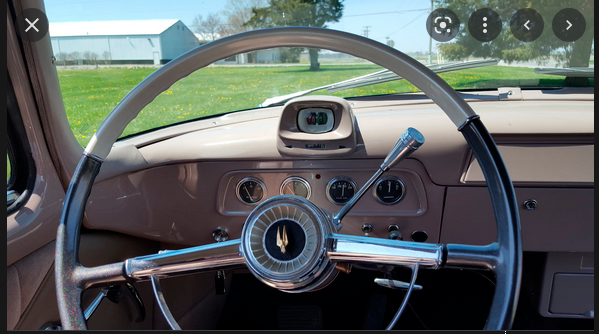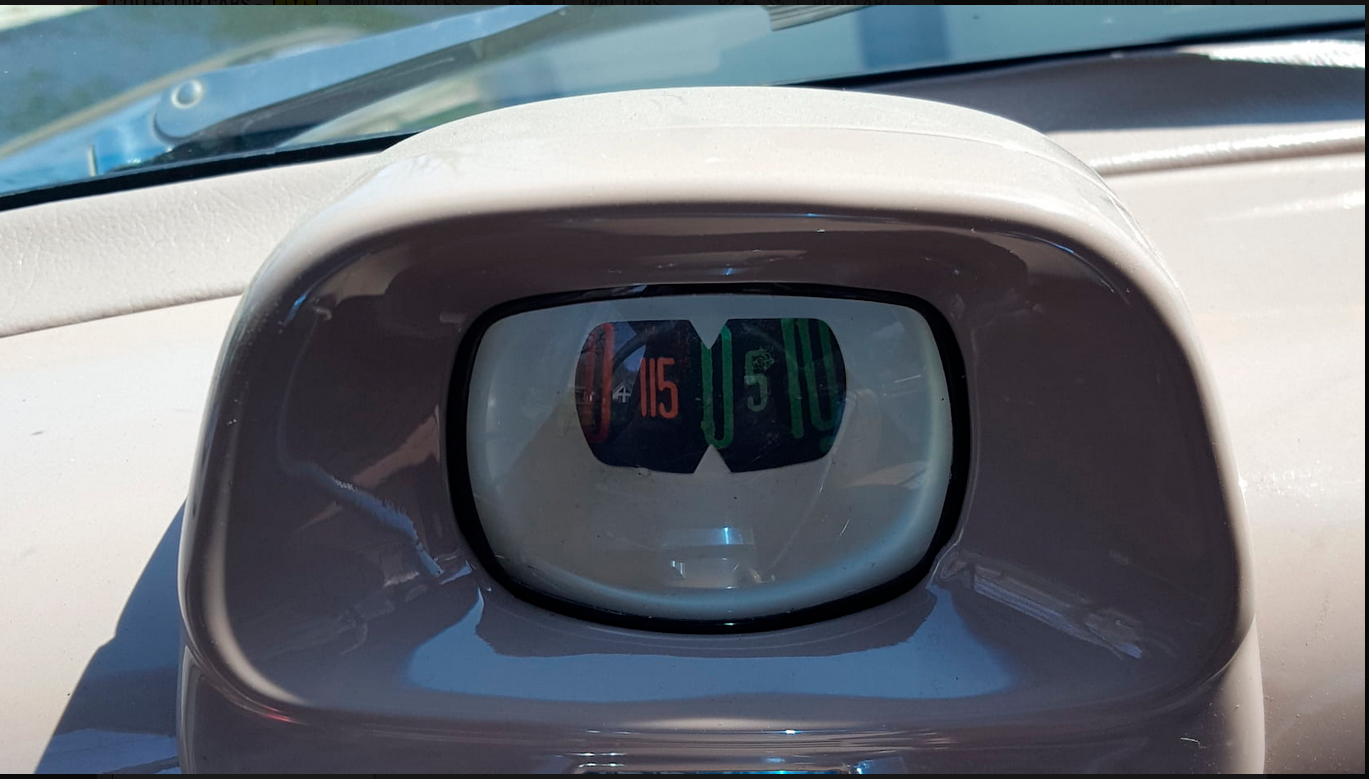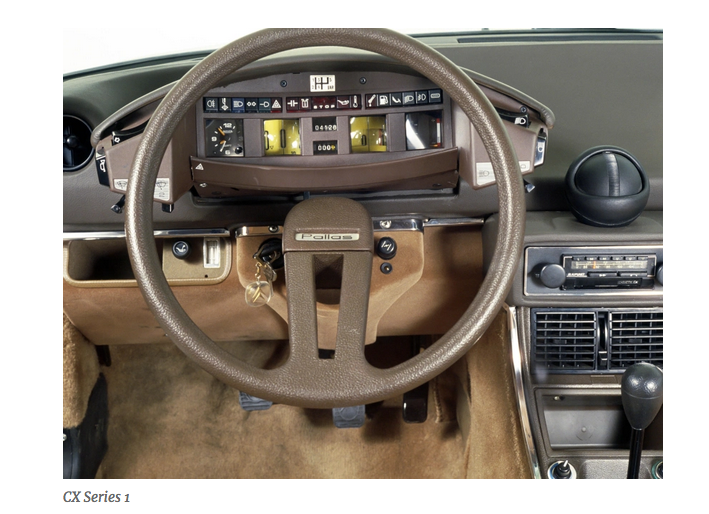The Cyclops Eye Speedometer
Watching this great old Studebaker commercial, I was intrigued by the mention of a "Cyclops Eye Speedometer." It turns out that it was a barrel painted with the MPH numbers that revolved behind a lens to measure the speed. Highly imprecise, I would think, perhaps explaining its demise. Apparently, some Citroens used it too (last foto).






Comments
I don't see why it'd necessarily be imprecise. The 1966 Old Toronado (greatest production car ever made) had a drum speedometer, and the tickets I got were in line with what I thought I was doing. It did get a little wonky at the top end (speedometer topped out at 135, but the car didn't), but focusing on the dash wasn't a high priority when going that fast.
Posted by Phideaux on 08/09/22 at 08:14 AM
Phideaux--my thoughts on its imprecision are this: there are no single-unit gradations. Just 5, 10, 15, etc. So inbetween those intervals, you are just guessing. Am I going 66, or 67, or 68? Also, consider the width of the numeral "10" compared to the size of the indicator arrow. Have you hit 10 MPH when the arrow points to "1" or when it's in the middle of "1" and "0"? Are you still at 10 MPH when the arrow is pointing to the right-hand outer edge of the "10" or are you at 11 MPH? And so forth.
Posted by Paul on 08/09/22 at 01:28 PM
Paul -- It would have benefited greatly from having a line at every number, so you're sure which side you're on, but I don't remember ever seeing a mechanical speedometer marked in 1 mph increments. It's always going to be a bit of guesswork between the 5s. (There are two kinds of people in the world: One kind can extrapolate from incomplete data.) Similar to reading a clock with dots only at the 5s, so you have to judge the exact minuts.
On the other hand (you have different fingers . . .), no speedometer is ever really right until you get into the systems which use Doppler radar to calculate how fast the pavement is going by. The diameter of well-worn tires is enough smaller than the diameter of new tires that it changes the readout when the speedometer is only doing the basic: # of rotations/min = certain mph.
On the other hand (you have different fingers . . .), no speedometer is ever really right until you get into the systems which use Doppler radar to calculate how fast the pavement is going by. The diameter of well-worn tires is enough smaller than the diameter of new tires that it changes the readout when the speedometer is only doing the basic: # of rotations/min = certain mph.
Posted by Phideaux on 08/09/22 at 03:09 PM
@Paul: but it's not important to know whether you're going 63 or 64. Speed limits are set at multiples of 5.
That said, the CX was the car that killed off the real Citroën, at least partly due to being just a little too Citroënny and just a little too advanced.
That said, the CX was the car that killed off the real Citroën, at least partly due to being just a little too Citroënny and just a little too advanced.
Posted by Richard Bos on 08/13/22 at 07:39 AM
Commenting is not available in this channel entry.

Category: Engineering and Construction | Kludges, Hacks and Duct-tape Repairs | 1950s | Cars